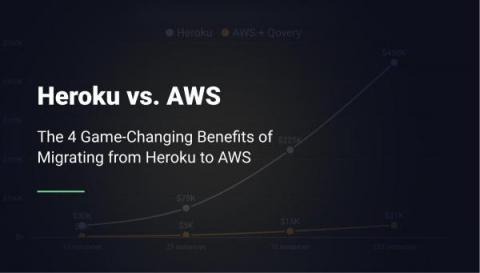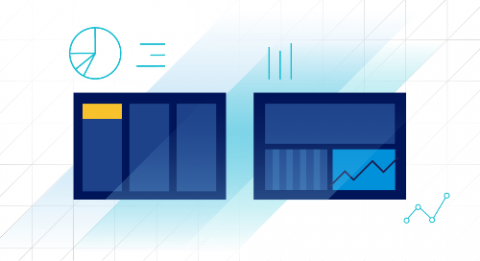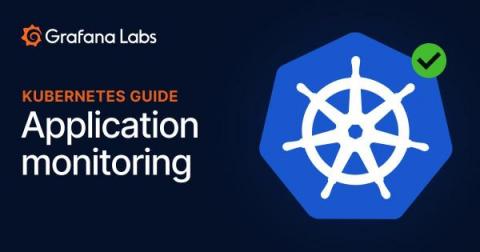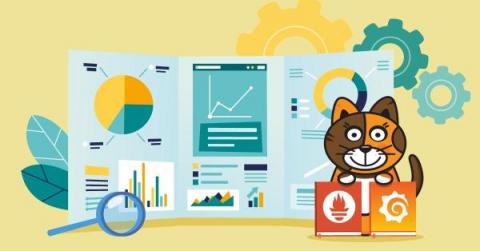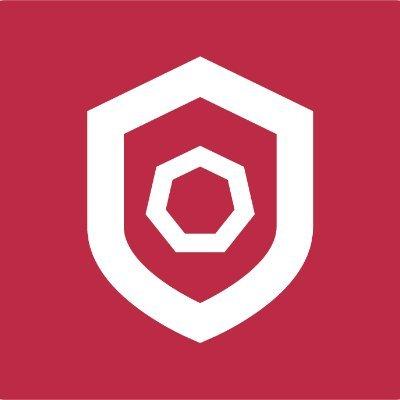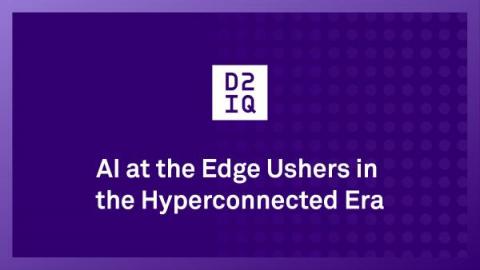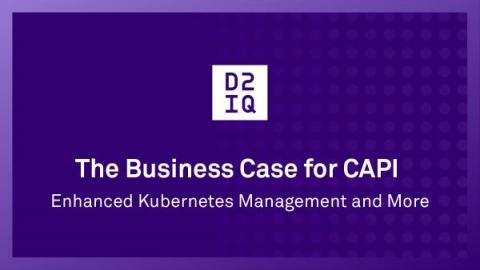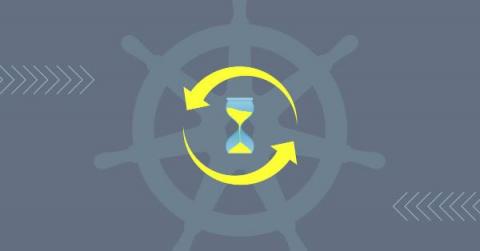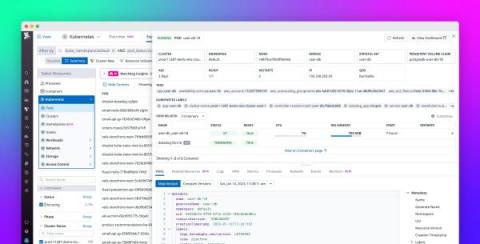Operations | Monitoring | ITSM | DevOps | Cloud
Containers
The latest News and Information on Containers, Kubernetes, Docker and related technologies.
Improved Deployment Times with VMware Tanzu Operations Manager 3.0
During the development of the latest release of VMware Tanzu Operations Manager, the BOSH Ecosystem team faced new challenges when upgrading the base BOSH operating system image (stemcell) from Ubuntu Xenial to Ubuntu Jammy Jellyfish. These migration challenges manifested as continuous integration (CI) timeouts that occurred across adjacent teams within the Cloud Foundry ecosystem.
A beginner's guide to Kubernetes application monitoring
Application performance monitoring (APM) involves a mix of tools and practices to track specific performance metrics. Engineers use APM to monitor and maintain the health of their applications and ensure a better user experience. This is crucial to high quality architecture, development, and operations, but it can be difficult to achieve in Kubernetes since the container orchestration system doesn’t provide an easy way to monitor application data like it does for other cluster components.
Kubernetes network monitoring: What is it, and why do you need it?
In this article, we will dive into Kubernetes network monitoring and metrics, examining these concepts in detail and exploring how metrics in an application can be transformed into tangible, human-readable reports. The article will also include a step-by-step tutorial on how to enable Calico’s integration with Prometheus, a free and open-source CNCF project created for monitoring the cloud.
Kubewarden v1.5.0
We’re pleased to announce the availability of Kubewarden 1.5.0! This release brings the usual amount of small bug fixes, dependency updates, and a major security enhancement. Let’s take a closer look!
3 Key Questions to Ask Before Getting Started with Kubernetes
If you need to deploy a lot of microservices at once and manage them at scale, Kubernetes is hard to beat. But Kubernetes also brings additional complexity that you just might not need. You would be smart to ask yourself these three questions before getting started with Kubernetes.
AI at the Edge Ushers in the Hyperconnected Era
We have entered the next phase of the digital revolution in which the data center has stretched to the edge of the network and where myriad Internet of Things (IoT) devices gather and process data with the aid of artificial intelligence (AI).
The Business Case for CAPI: Enhanced Kubernetes Management and More
There are instances in which organizations miss the opportunity to improve their infrastructure and gain competitive advantages by clinging to entrenched, well-worn technologies with which they are comfortable. This is the case with Terraform and Cluster API (CAPI). When explaining to various organizations the benefits they could gain through CAPI, I have heard hesitant responses such as.
How to Get Full Kubernetes Observability in Minutes
How is your organization handling Kubernetes observability? What tools are you using to monitor Kubernetes? Is it a time-consuming, manual process to collect, store and visualize your logging, metrics and tracing data? And, what are you actually getting out of all that investment? At Logz.io we’re trying to make this process easier for customers who are serious about Kubernetes observability. We’ve made significant investments in this area for Kubernetes use cases.
Use library injection to auto-instrument and trace your Kubernetes applications with Datadog APM
Many organizations rely on distributed tracing in Datadog APM to gain end-to-end visibility into the performance of their Kubernetes applications. But as teams grow, it can become impractical for them to manually configure each new application with the libraries and environment variables needed for tracing.


